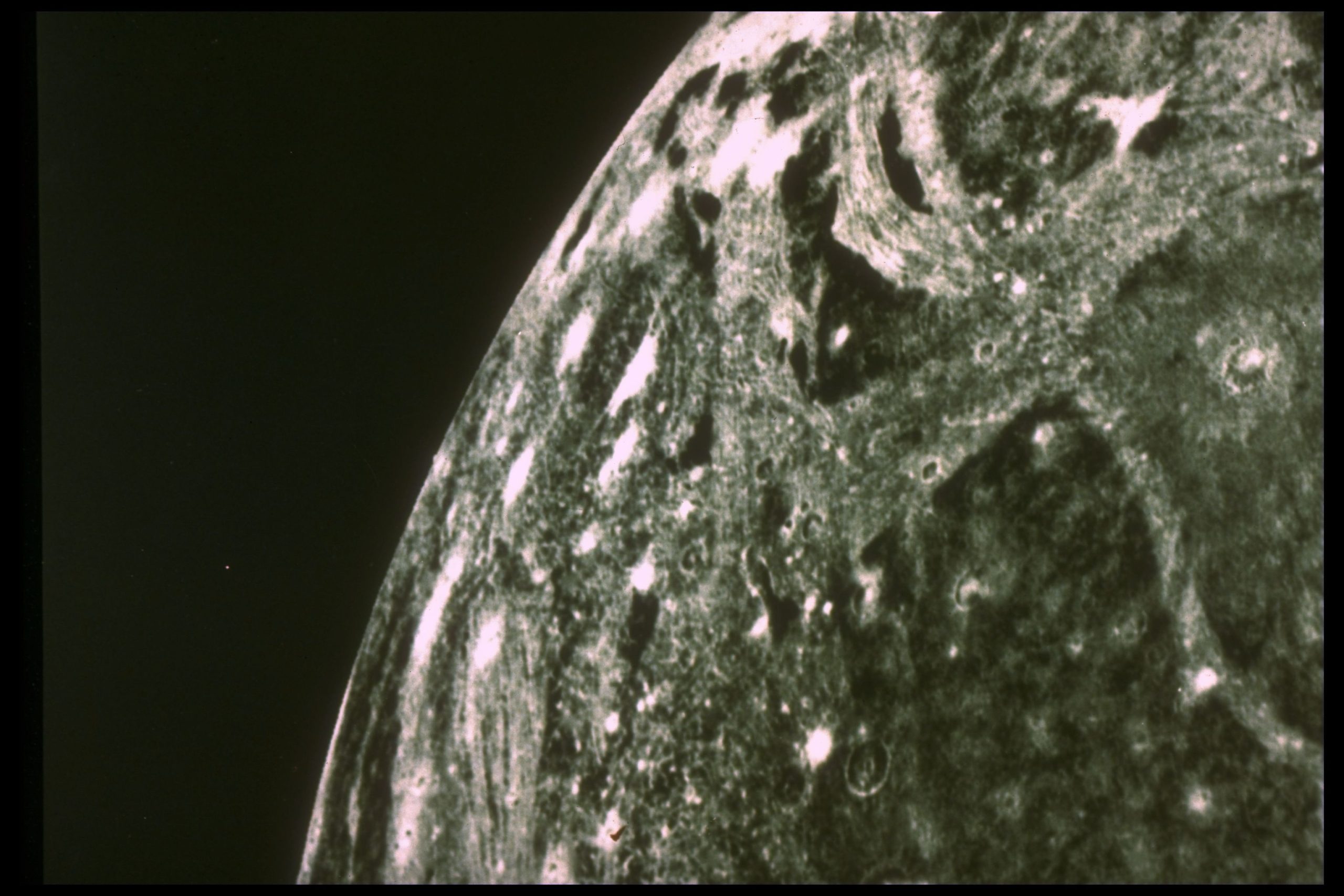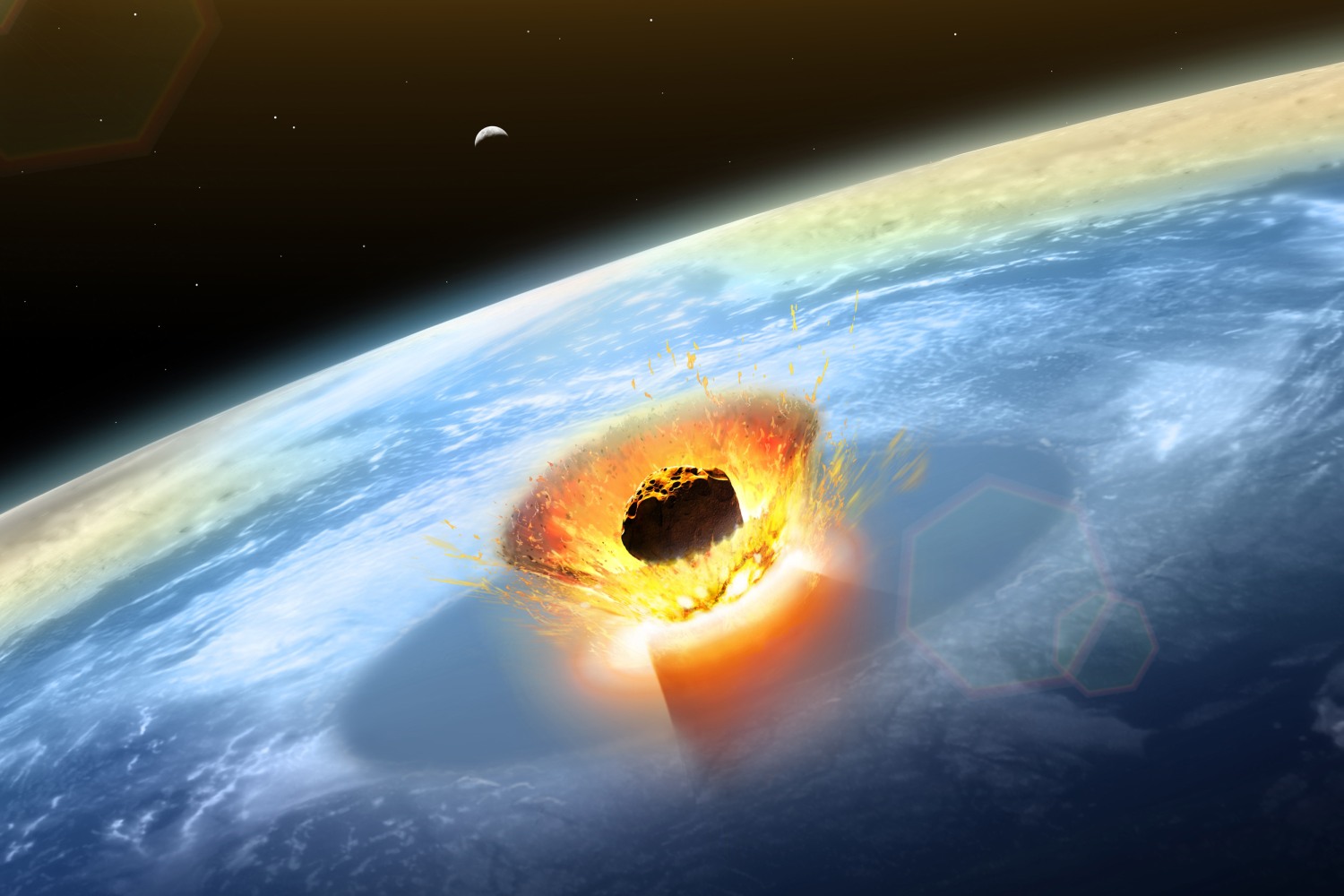Where Did the Dinosaur-Killing Asteroid Come From?
Scientists believe they have finally found the origin of the object that wiped out the dinosaurs 66 million years ago. The mass extinction event, which wiped out about 60 percent of the Earth’s species, including all of its non-avian dinosaurs, was caused by a rare type of asteroid that collided with Earth, researchers say.
The asteroid that caused the Chicxulub impact formed in the distant outer solar system, beyond Jupiter. This discovery could help solve long-standing debates about the history of the Earth and the objects that have collided with it from space.
Clues from the Past
Researchers came to their conclusions after studying samples taken from around the same period in which the mass extinction event occurred, between the Cretaceous and Paleogene eras. They also examined samples from five other asteroid impacts that occurred over the past 541 million years, as well as ancient remnants from impacts that occurred billions of years ago.
Layers of the Earth from around the time of the mass extinction event tend to be rich in platinum group elements (PGEs), such as iridium, ruthenium, osmium, rhodium, platinum, and palladium. These elements are relatively rare on Earth but are common in meteorites. The researchers looked for the Ru isotope signatures in their samples, which would be a remnant of PGEs. They found that the samples taken around the time of the extinction event were largely uniform and appeared to be indicative of carbonaceous chondrites, an unusual type of meteorite.
This suggests that the Chicxulub impactor formed in the distant solar system and was not a comet, the researchers say. Additionally, the ancient samples also contained some hints of a similar composition, suggesting that as the Earth was forming, it was hit by other objects from the outer solar system.
The other more recent samples appeared to indicate that those collisions had been with S-type (salicaceous) asteroids, which form in the inner solar system.
The study reporting the findings, “Ruthenium isotopes show the Chicxulub impactor was a carbonaceous-type asteroid,” was published in the journal Science.
Implications for the Future
This discovery provides new insights into the history of the Earth and the objects that have collided with it from space. It also has implications for the future, as it helps scientists better understand the risks posed by asteroids and other near-Earth objects.
By studying the Chicxulub impact and other similar events, scientists can develop better ways to detect and track asteroids that could pose a threat to Earth. They can also develop strategies to mitigate the effects of an asteroid impact, such as by deflecting the asteroid or breaking it up into smaller pieces.
This research is an important step towards protecting the Earth from future asteroid impacts and ensuring the safety of our planet for generations to come.

